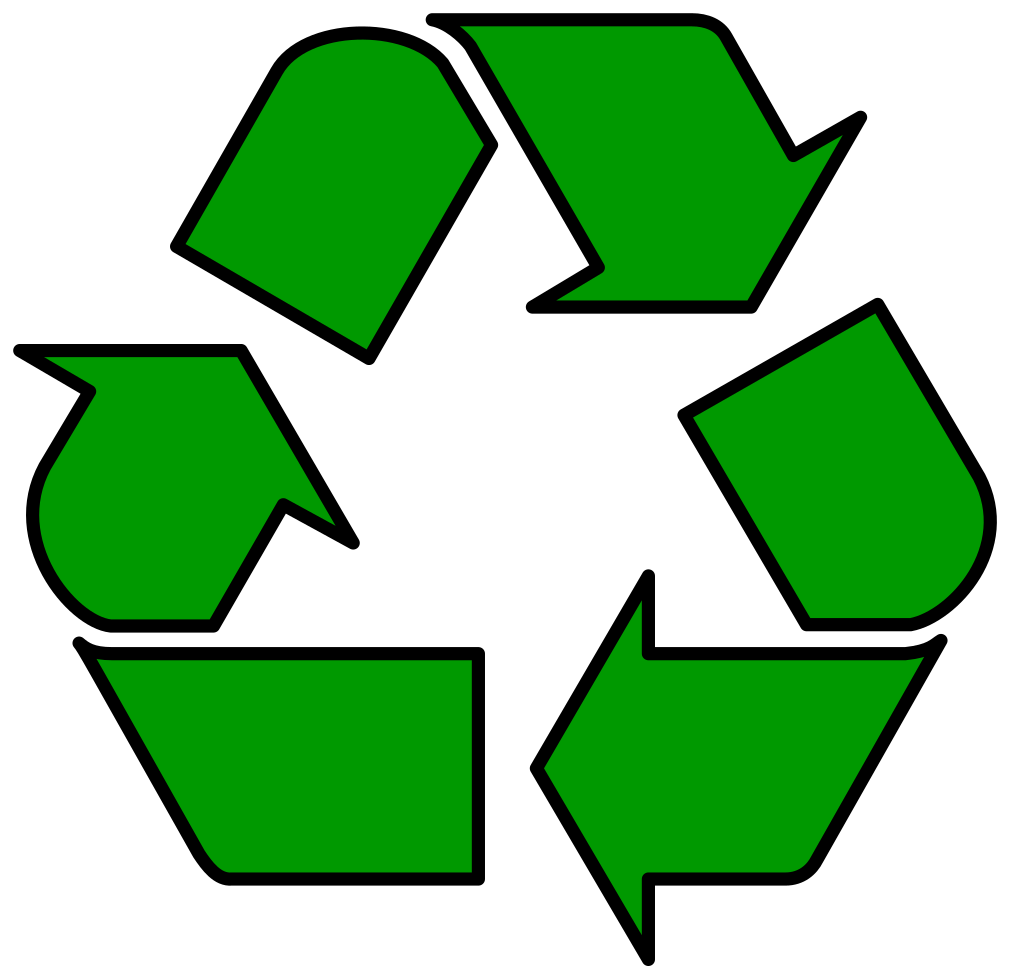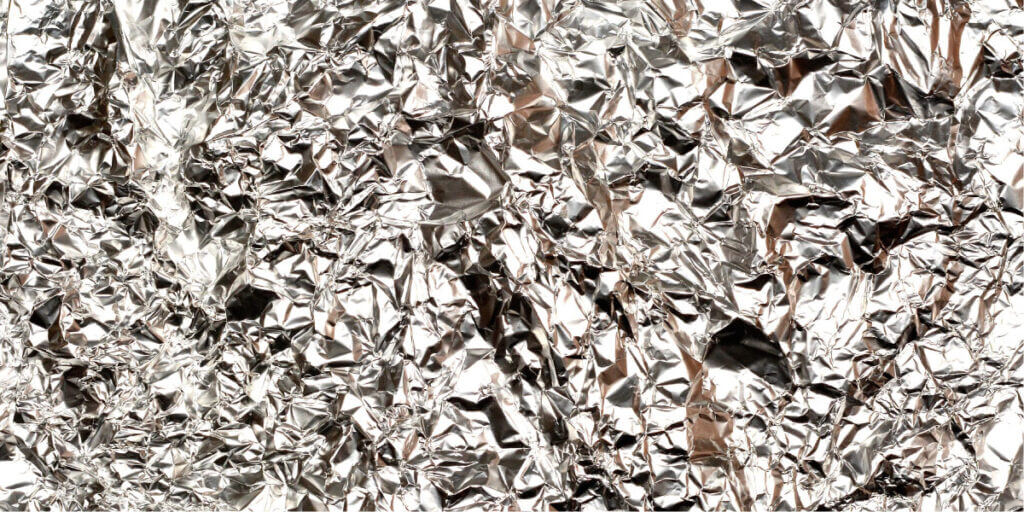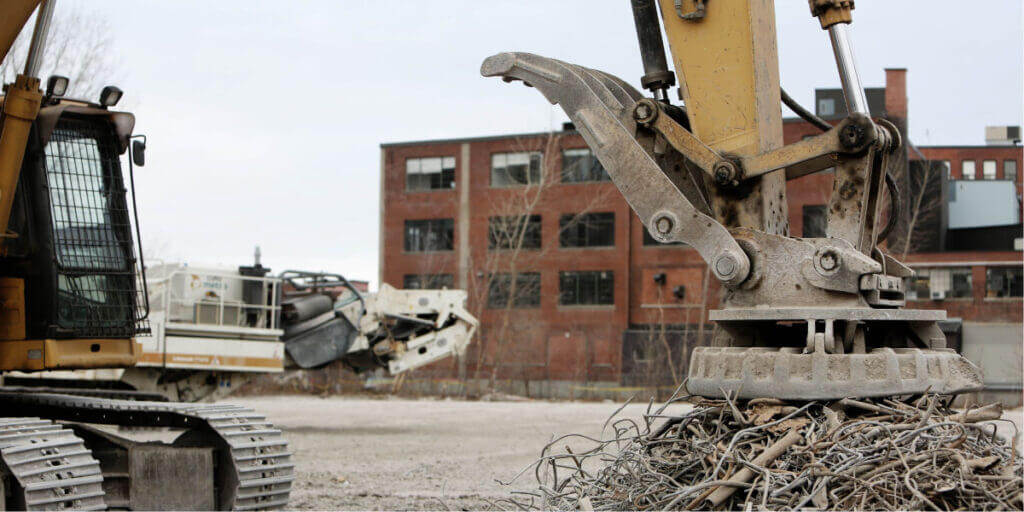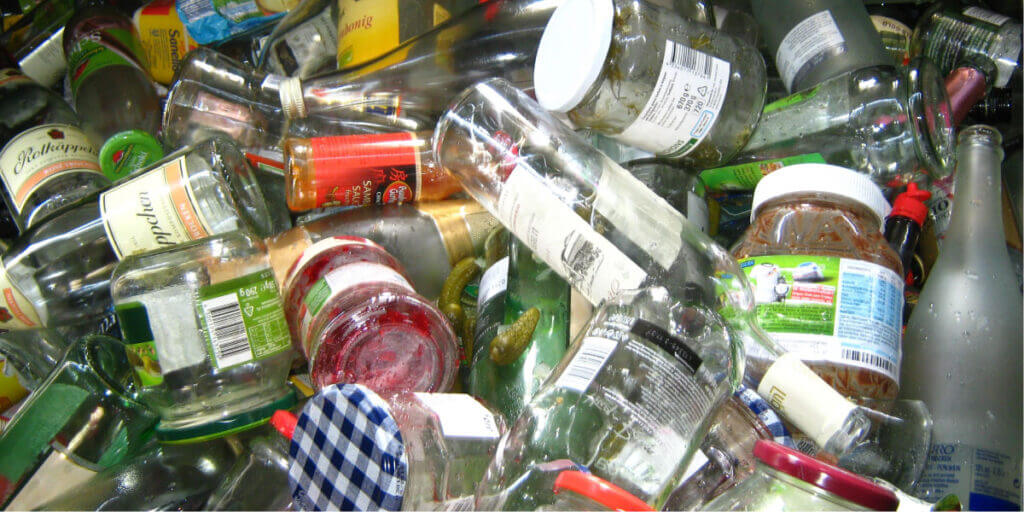Sustainability is our ability to meet our needs without compromising the access of future generations.
From a very early age, I was taught that recycling plays a major role in a circular and sustainable future. I always thought that it means you take a product, break it down again, and turn it into a new product. Again and again.
But how many times can cardboard really be recycled, and what are the conditions under which we optimize its ability to be recycled? Ever since I started researching where things come from and where they go, I seem to run into new questions along the way. Today, I will be talking about the definition of recycling, its advantages, and disadvantages, how cardboard is recycled, and how recycling cardboard performs against other recyclables.
The short answer: 5-7 times.
After that the fibers become too short to make new products.
What is recycling?

Recycling is the process of collecting, sorting, and processing discarded cardboard and paperboard that otherwise would end up in a landfill, incinerator, or in nature and transforming them into new products.
Recycling is subdivided in 3 categories:
- Primary recycling, or closed-loop recycling – The process of turning one thing into the same thing. This could be recycling old rubber tires into new rubber tires.
- Secondary recycling – The process of turning one thing into other things but made from the same material. For instance, turning old tires into another product made from rubber.
- Tertiary, or chemical recycling – The process of breaking down materials chemically to produce something very different. An example of tertiary recycling would be mousepads made from old rubber tires.
Sometimes, composting is mentioned as another way to recycle. This is the process of using biodegradable waste as mulch or food. We don’t really transform the product into a new product, so I would not treat it as a separate category.
And I also found references to incineration to generate power as a quaternary form of recycling. Again, although it does reduce landfill space, it does not sound like recycling to me.
As I started readying more, recycling turned out to be a lot more difficult than I had anticipated.
Each type of recycling is slightly different in terms of future recycling potential, energy consumption, production cost, and environmental impact, but all reduce the amount of waste that is sent to the landfills and decrease the number of new resources needed to create a virgin product (aka a product made without recycled materials).
Advantages of recycling
I am convinced that recycling is not the answer to a sustainable future. It seems that increased reusability and reduced consumption would have a far bigger impact. However, recycling plays an important role in becoming mindful of our natural resources.
The most important reasons why we should be recycling as much as possible are:
- Reduce landfill space – Recycling 1 ton of cardboard would save 9 cubic yards (or 8.22 cubic meters) of landfill space. These landfills also produce carbon dioxide emissions (responsible for acid rain and global warming) and often leak heavy metals into the soil, that that’s three birds one stone.
- Reduce water consumption – The US benchmark for water consumption for cardboard production is around 17,000 gallons/ton of paper (or 64,352 liters/ton). On average, it looks like USD 1 worth of paper consumes around 6 gallons (or 22 liters) of water.
- Save trees – Around 550,000 trees would be saved if every American household would replace 1 roll of virgin toilet paper with a recycled roll. Recycling cardboard will effectively help to reduce industrial deforestation.
- Save energy – Recycling cardboard takes about 75% of the energy needed to produce new cardboard.
- Save natural resources – American households throw away enough wood and paper every year to heat 5 million homes for two years.
- Reduce litter that spreads diseases – Landfills are breeding grounds for bacteria, fungi, and vermin. Recycling will reduce the dangers of this toxic mix.
- Reduce air pollution – Recycling cuts sulfur dioxide pollution – a byproduct of making cardboard pulp – in half compared to the production of virgin cardboard. And did I mention the odor already?
- Job creation – From collection and additional sorting to delivery, human labour will be needed to make recycling successful.
- Looks prettier – I don’t know about you but I prefer my selfies without a smoldering pile of garbage in the background.
- Make and save money – Make a quick buck while saving the planet.
Disadvantages of recycling
Unfortunately, cardboard recycling still has a massive negative impact:
- Water consumption – Although cardboard recycling uses around 75% of the water compared to virgin cardboard production, it still uses massive amounts of water.
- Pollution – Chemicals are used to speed up the pulping process and de-color the recycled pulp. The pulping process in itself is also releasing sulfur dioxide. Contaminated cardboard will be discarded as well.
- Wood consumption – Although sustainable wood plantations reduce the necessity to rely on deforestation, they still have a massive impact on biodiversity.
- Energy consumption – Based on a study by the Institue of Scrap Recycling Industries, recycled materials use 68% less energy compared to virgin materials. However, recycling 1 ton of cardboard still requires 293-1,172 kWh of energy. This is suffient to run a refrigerator 5 – 22 months.
- Expensive: As a child, I was told that recycling is easy and cheap. I found out that much of the success of recycling is dictated by simple economics. As long as the cost of recycled raw material is lower than virgin raw material, recycling will make economic sense. If not, recycling facilities would operate at a loss and thus have no incentive to continue their recycling operation. On top of that, recycling facilities compete against landfills which are often 3-4 cheaper than recycling.
- Natural resources – Recycling cardboard still requires transportation, cleaning processing during which other natural resources like oil or minerals are used.
- Low-quality jobs: Although the recycling industry is labour intense and has a high manpower demand, working conditions and pay are poor.
- Eyesore: Recycling facilities are mostly unhygienic, unsafe, and not the best looking places.
How Is Cardboard Recycled?
In order to understand why cardboard can only be recycled 5-7 times, it helps to understand the recycling process.
- Step 1: The collection process depends from country to country, but there are centralized collection points or collection services to drop off our waste cardboard in many countries.
- Step 2: From these collection points, the cardboard is transported to a recycling center, where everything is sorted. The sorted cardboard is then compressed using a cardboard baler to make the cardboard easier to handle.
- Step 3: The cardboard bales are then transported to paper mills, where they are unbaled.
- Step 4: The cardboard is mixed with water (and often chemicals to speed up the pulping process) to turn into cardboard pulp. This pulp is often mixed with fresh or virgin pulp to increase the strength of the end product. It is possible to recycle paper using recycled pulp alone, but this paper looks grey and flimsy.
- Step 5: The mixture is chopped up and heated, which turns it into strands of cellulose (or fibers). Virgin fiber strands are longer, recycled strands shorter, and more brittle.
- Step 6: Next, with the help of filtering machines, any contamination or impure substances are removed from the material as a whole, not compromising the rest. This is the part where staples, glue, and plastic are removed. At this stage, decolorization chemicals will also de-ink the pulp.
- Step 7: More virgin paper materials are added to the clean and uncontaminated cardboard pulp.
- Step 8: The pulp is pressed into noodle-like shapes, making it much easier to process through the paper-making machine. The paper machine will produce cardboard, paperboard, or paper, depending on the required thickness of the end product.
- Step 9: The paper machine helps to remove the paper paste’s water so that the material can be dried and pressed into a long paper sheet (or linerboard). Dryer machines or conveyor belts will help to dry the paper and remove all excess water.
- Step 10: The linerboard is then rolled on a large spool.
- Step 11: The spools are transported to different facilities and turned into cardboard or paper products.
What happens if cardboard cannot be recycled anymore?
Cardboard fibers get shorter and thinner after each round of recycling. Once the fibers are too short and brittle, recycling centers can still use them to create lower-grade paper products like egg cartons, inserts, paper towels, napkins, or tissues. This will be the final stage before discarding them for good.
Another element that influences the lifecycle of cardboard is the level of contamination. Cardboard that has come into contact with food, cleaning products, or grease is considered to be contaminated and should not be put through the cardboard recycling process. Contaminated cardboard can be recycled, but the process to do so is much less efficient than making cardboard from brand new materials.
To maximize the lifecycle of cardboard, virgin material is added to the pulp to increase its strength and durability.
How many times can we recycle other materials?
I was happy to find out that cardboard could be recycled 5-7 times, depending on the quality of the recyclable. It left me wondering how this compares to the other materials we are encouraged to recycle. I think I was hoping to find answers to my questions and perhaps even make more sustainable choices.
How many times can plastic be recycled?
Plastic is a tricky one. A very tricky one.

Most of the time, plastic will be single-use. There are a few exceptions to this rule that seem to be more widely accepted by recycling centers.
- PETE plastic – most common and most widely recycled plastic
- HDPE plastic – relatively easy to recycle in a cost-efficient way
- PP plastic – sturdy plastic, resistant to many chemicals, and often recycled
Biobased plastic: These plastics are made from renewable resources instead of fossil fuels (including corn, potatoes, rice, soy, sugarcane, wheat, and vegetable oil). A biobased plastic can be partly or entirely biobased. However, the bio- does not necessarily mean it is biodegradable or compostable.
Does this mean that the other types of plastic are non-recyclable? No, they actually are, but the costs connected to recycling these plastics make it cost-inefficient to proceed. In other words, recycling facilities operate at a loss when the price of the recycled raw material exceeds the price of virgin raw material.
How many times can aluminum be recycled?

Aluminum is a primary recycling champion.
The cans which your soda comes in are most likely made out of aluminum, which can be recycled an unlimited amount of time.
In the United States today, aluminum is the most valuable recyclable item; it has the highest rate of recyclability since it can be dropped off at a recycling location or it can be picked up by the garbage truck.
How many times can metals be recycled?

Metals are usually categorized into ferrous and non-ferrous metals; all of these metals have an unlimited life span, so it’s always a good idea to recycle these metals if you can help it.
You could even make yourself a little bit of extra cash if you choose to do so.
How many times can glass be recycled?

Glass is 100% recyclable.
But drinking glasses, glass objects, and glass used in windows will end up in the landfill. They melt at different temperatures because of a difference in chemical properties.
So, glass bottles and containers are 100% recyclable. All other glass objects will be discarded.
How many times can paper be recycled?
Paper follows a similar life pattern to recycled cardboard. We can only recycle them a few times before the fibers become too thin and short, so they can’t maintain a proper structure.
Though, when it does go through the recycling process, more paper paste is added to the batch to help the paper be as strong as possible so it can retain its intended shape.
Other ways to get rid of cardboard
Cardboard recycling is a great way to extend the lifecycle of cardboard with a reduced impact on our planet. However, as a family, you need a convenient collection point or storage page to make it work. This is not always easy to achieve.
Before throwing away your old cardboard, you might want to consider a few alternatives strategies to get rid of your cardboard:
Let’s summarize
After 5-7 times, the cardboard fibers become too short and can no longer create cardboard. The end-of-life stage for cardboard and paper is usually paper towels, napkins, tissues, or egg cartons. These products will no longer be recyclable and will end up in the landfill or incinerator.
This means that cardboard will inevitably be discarded at some point in time.
I’ll be honest, the more I start looking into cardboard recycling, the more I am left with a “The Good Place feeling.” It seems that my intentions are no longer connected to the consequences of my actions. We cannot recycle our way out of the mess, but we can recycle to alleviate some of the environmental pressure while working towards a more long-term solution.
Michiel
Father of two who hopes that by sharing the things he learned, he can leave the world behind slightly better than he found it.
